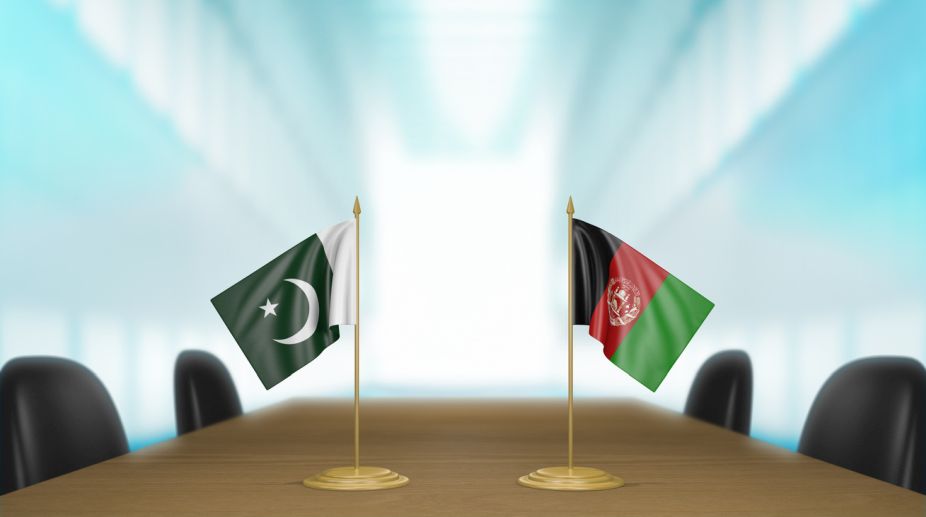Abdul Rehman Niazi
Time is running out for Pakistan. According to the latest Human Development Report by the UNDP, the country’s performance on the Human Development Index (HDI) is dismal. Ranked 168th out of 193 nations, Pakistan is among the 26 states with the lowest HDI scores. In terms of quality of life, it is falling behind, and it is the only country in South Asia, besides Afghanistan, that is classified in the ‘low human development’ category. The other nations in this group are largely from Sub-Saharan Africa. Despite these grim statistics, there is a silver lining: this year’s report highlights the potential of Artificial Intelligence (AI) to unlock human development. If embraced strategically, AI can significantly enhance human potential and provide a transformative opportunity for countries like Pakistan.
However, the situation is far from ideal. A year ago, the UNDP’s Pakistan arm released the National Human Development Report 2024, subtitled ‘Doing Digital for Development’. This report emphasized the importance of digital transformation for Pakistan’s growth, especially in light of the country’s immense potential in freelancing and AI. Yet, disappointingly, little progress has been made since then. Despite being home to one of the world’s largest freelancer workforces and a burgeoning pool of AI talent, Pakistan’s digital landscape remains largely stagnant. This stagnation is a direct result of the state’s failure to address deep-rooted digital inequalities, which mirror the existing socioeconomic divisions in the country.
Pakistan’s population, approximately 250 million, faces a looming economic crisis. Without urgent investments in digital infrastructure and development, a large portion of the population risks being left behind in a rapidly evolving world. The UNDP estimates that half of Pakistan’s population still lacks access to basic digital tools such as smartphones, computers, and reliable internet services. This digital divide is only widening as the world continues to embrace new technologies, particularly AI. With more than 42% of the workforce engaged in jobs that are susceptible to automation, the stakes are high. These workers, already vulnerable due to low skills or inadequate access to education, will be at risk of further economic marginalization if they do not have access to digital tools and the knowledge required to leverage them.
The rise of AI presents a significant opportunity for human development, but also poses a growing risk of exacerbating existing inequalities. Those with access to the tools of the digital age will undoubtedly benefit, with privileged individuals and groups who can utilize AI to enhance their productivity and creativity likely to experience substantial advancement. Meanwhile, the ‘have nots’—those without access to digital infrastructure and education—stand to fall further behind, unable to compete in an increasingly digital economy. If Pakistan does not address this divide, the benefits of AI and technological development will only serve to widen the gap between the wealthy and the impoverished, leaving a large portion of the population at risk of falling deeper into poverty.
The UNDP stresses that it is not enough for Pakistan to have merely introduced legislative measures, such as the National AI Policy 2024. While such policies are a step in the right direction, they are not sufficient to bridge the digital divide. The government must do more to ensure that AI and digital tools are accessible to all, not just a privileged few. Universal access to affordable digital tools, infrastructure, and services must become a priority if Pakistan is to avoid being left behind. Without these foundational elements, the promise of AI will remain elusive for the majority of the population, leaving them vulnerable to job displacement and further economic hardship.
Policymakers must recognize the urgency of the situation. AI and digital technologies are not just luxuries or futuristic concepts—they are shaping the world’s economic and social fabric today. Countries that fail to invest in digital development risk losing their competitive edge, while those that embrace it stand to reap the benefits of innovation, growth, and improved quality of life. Pakistan has a unique opportunity to harness the power of AI for its development, but it must act quickly to ensure that the necessary infrastructure is in place and that all citizens have the tools they need to thrive in the digital age.
In particular, Pakistan must prioritize investments in education and training to prepare its workforce for the changes that AI will bring. This includes equipping individuals with the skills necessary to work alongside AI, as well as promoting digital literacy from an early age. Public sector readiness is also crucial. If the government does not proactively prepare its institutions and services to embrace AI, it will be left behind as the rest of the world accelerates its adoption of AI technologies.
The challenge is clear: if Pakistan does not take decisive action to address digital inequalities, it will face significant economic consequences in the coming years. The country’s future prosperity depends on its ability to ensure that all citizens have access to the tools and knowledge needed to participate in the digital economy. While the opportunity presented by AI is immense, it is equally important to recognize the risks of not acting swiftly and strategically. The digital divide, if left unaddressed, could become a permanent barrier to economic development, leaving millions of Pakistanis behind as the rest of the world progresses.
In conclusion, Pakistan’s future hinges on how effectively it can navigate the challenges posed by AI and digital inequality. The country has the potential to harness the transformative power of technology, but it must first prioritize investments in digital infrastructure and ensure universal access to the tools that can unlock this potential. The clock is ticking, and the opportunity to secure a better future for all Pakistanis is slipping away. Will Pakistan seize this opportunity, or will it fall further behind in the race for global development? The answer lies in the actions taken today.














